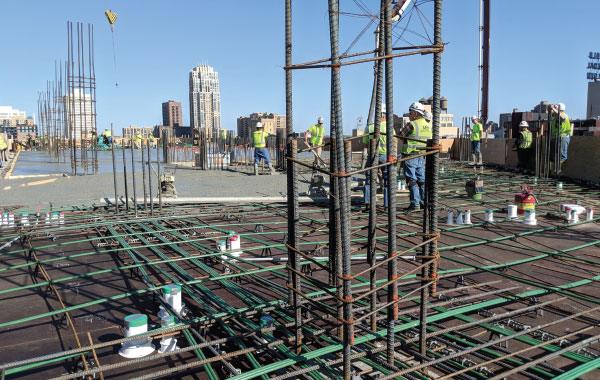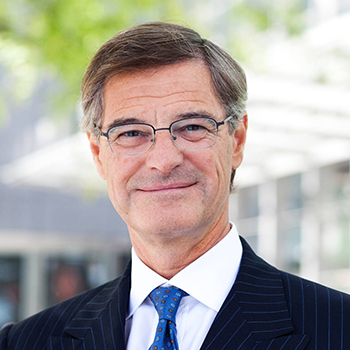Filter by
You must be a CTBUH Member to view this resource.
55 Hudson Yards
55HY, 1 Hudson Boulevard, One Hudson Yards
Building
Completed
2018
Office
All-Concrete
LEED Gold
237.4 m / 779 ft
51
2
120,774 m² / 1,300,001 ft²
You must be a CTBUH Member to view this resource.
You must be a CTBUH Member to view this resource.
Proposed
Construction Start
Completed
Usually involved in the front end design, with a "typical" condition being that of a leadership role through either Schematic Design or Design Development, and then a monitoring role through the CD and CA phases.
The Design Engineer is usually involved in the front end design, typically taking the leadership role in the Schematic Design and Design Development, and then a monitoring role through the CD and CA phases.
The Design Engineer is usually involved in the front end design, typically taking the leadership role in the Schematic Design and Design Development, and then a monitoring role through the CD and CA phases.
Other Consultant refers to other organizations which provided significant consultation services for a building project (e.g. wind consultants, environmental consultants, fire and life safety consultants, etc).
Material Supplier refers to organizations which supplied significant systems/materials for a building project (e.g. elevator suppliers, facade suppliers, etc).
You must be a CTBUH Member to view this resource.
Usually involved in the front end design, with a "typical" condition being that of a leadership role through either Schematic Design or Design Development, and then a monitoring role through the CD and CA phases.
The Design Engineer is usually involved in the front end design, typically taking the leadership role in the Schematic Design and Design Development, and then a monitoring role through the CD and CA phases.
The Design Engineer is usually involved in the front end design, typically taking the leadership role in the Schematic Design and Design Development, and then a monitoring role through the CD and CA phases.
The CTBUH lists a project manager when a specific firm has been commissioned to oversee this aspect of a tall building’s design/construction. When the project management efforts are handled by the developer, main contract, or architect, this field will be omitted.
The main contractor is the supervisory contractor of all construction work on a project, management of sub-contractors and vendors, etc. May be referred to as "Construction Manager," however, for consistency CTBUH uses the term "Main Contractor" exclusively.
Other Consultant refers to other organizations which provided significant consultation services for a building project (e.g. wind consultants, environmental consultants, fire and life safety consultants, etc).
These are firms that consult on the design of a building's façade. May often be referred to as "Cladding," "Envelope," "Exterior Wall," or "Curtain Wall" Consultant, however, for consistency CTBUH uses the term "Façade Consultant" exclusively.
Material Supplier refers to organizations which supplied significant systems/materials for a building project (e.g. elevator suppliers, facade suppliers, etc).
28 September 2017 - Event
28 October 2015 - Event

28 October 2019
Neel Khosa, AMSYSCO
Unbonded post-tensioned (PT) concrete has become a widely-accepted construction technique in the United States. The introduction of PT in tall buildings has been relatively recent,...

09 March 2020
The opening of Edge, the highest outdoor sky deck in the Western Hemisphere, offering 360-degree views of New York City’s iconic skyline will be celebrated...

28 October 2019
Neel Khosa, AMSYSCO
Unbonded post-tensioned (PT) concrete has become a widely-accepted construction technique in the United States. The introduction of PT in tall buildings has been relatively recent,...
Vivien__Liu.jpg)
12 December 2018
CTBUH Research
The astronomical growth in tall building construction observed over the past decade continued in 2018, though the total number of completed buildings of 200 meters’...

22 October 2015
Jay Cross, Hudson Yards
Hudson Yards is the largest private real estate development ever undertaken in the United States. The site, built over a working rail yard, will eventually...
28 September 2017
The CTBUH New York Chapter kicked off its Fall networking series with an insightful evening spent examining the current progress of a historic development, Hudson Yards.
28 October 2015
CTBUH 2015 delegates toured City Point Complex, Barclays Center, and 461 Dean Street which have impacted the cityscape of Brooklyn.
28 October 2015
CTBUH 2015 delegates toured High Line, which have significantly changed the urban landscape of New York City, from its history to its near-future.
28 October 2015
CTBUH 2015 delegates toured the Hudson Yards develoment which is the largest private real estate development in the history of the United States.
27 October 2015
The Hudson Yards Networking Reception took place on Tuesday evening in the incredible Time Warner Center, offering great views of Columbus Circle at the corner of Central Park.
Subscribe below to receive periodic updates from CTBUH on the latest Tall Building and Urban news and CTBUH initiatives, including our monthly newsletter. Fields with a red asterisk (*) next to them are required.
View our privacy policy